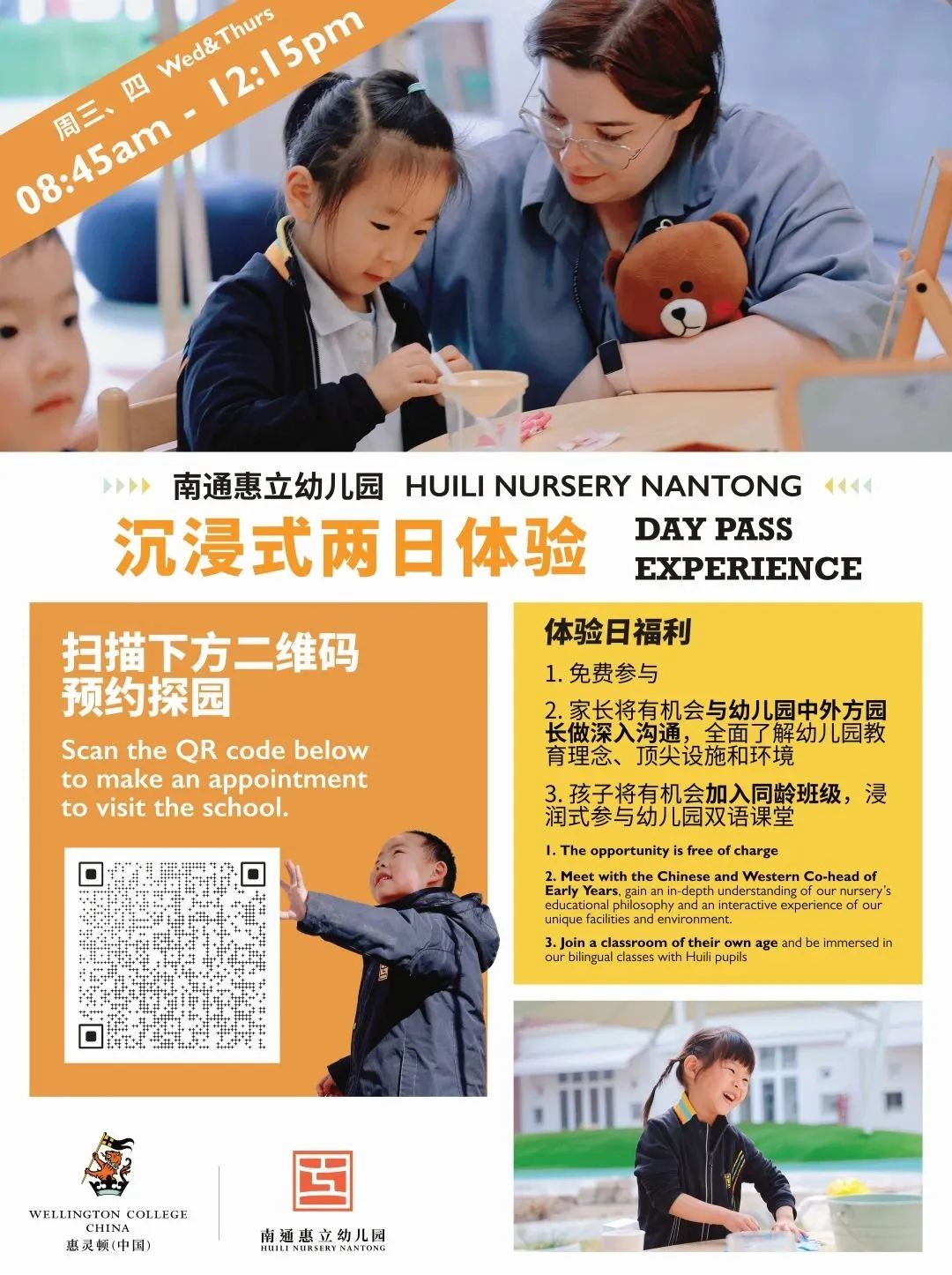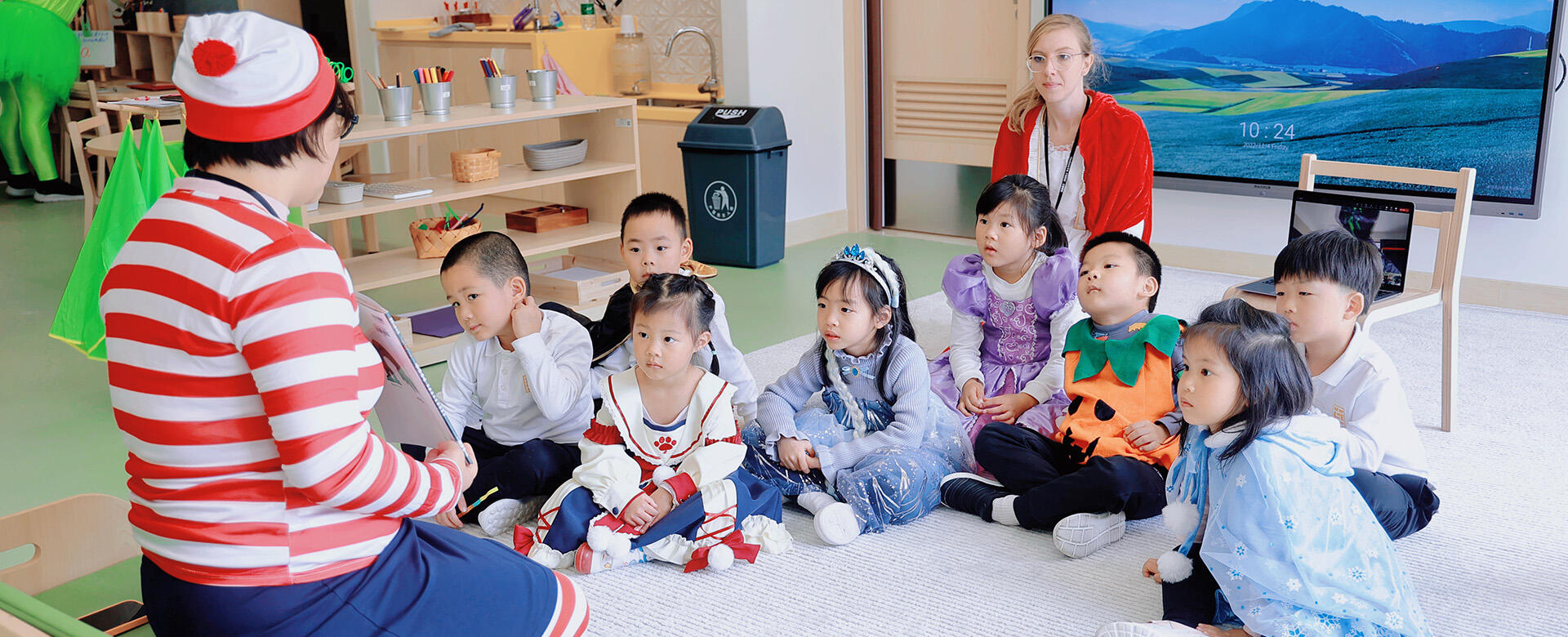

At Huili Nursery Nantong we foster independence in even the youngest of learners. Setting up opportunities and experiences to promote independent choices, independent thinking and independent actions all work to develop a ‘can do’ attitude in our pupils.
Some of our fabulously independent Nursery pupils have shared with us what being independent means to them – see the video here!

独立选择
Independent choices
As individuals it is important that our pupils can make their own choices, follow their own interests and be independent in their explorations. Giving children choices to make based on what they feel or want, rather than dictating the outcome supports this vital skill.
In Nursery you can see this independent choice in action throughout the day, especially during our rolling snack times. Children are encouraged to access morning and afternoon snacks based on their own rhythms of the day. We support children to listen to their body – “are you hungry?”, “did you eat breakfast early today?”, “would you like to eat now or later?”. Through listening to their body children make an independent choice to eat their snacks when they need to, rather than at a set time.

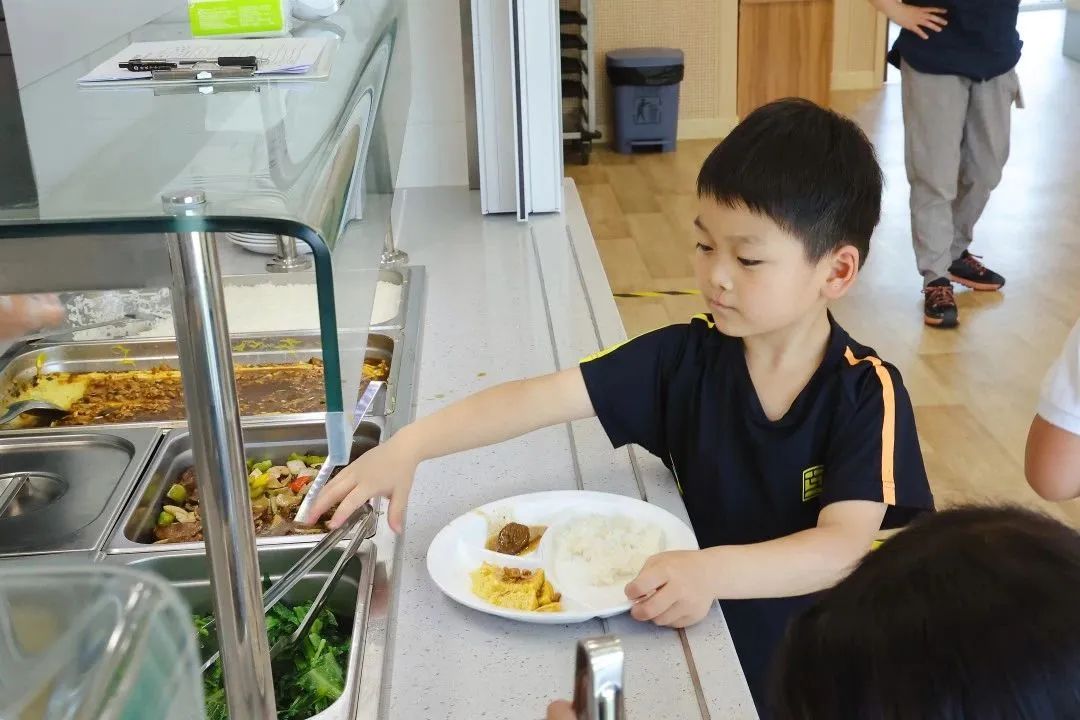

独立思考
Independent thinking
Copy and paste, copy and paste, copy and paste. You won’t see this in our environment at Huili Nursery Nantong. To develop independent thought our teachers, provide open resources and materials for children to explore their creativity within themselves. Typical Nursery craft activities often look cute but only serve one single purpose. A child copying a teacher’s completed craft, to make identical outcomes is learning only to copy. Widening the opportunities, giving scope for exploration, experimentation and pushing the known boundaries develops independent thinking in our pupils.
In Nursery you can see our independent thought processes when viewing our creative works. After being given the same provocation, children are encouraged to explore different media and materials to create two- or three- dimensional representations of their own ideas. In EY2 recently, pupils have been exploring the artwork of the famous artist Mondrian. Instead of expecting the children to replicate the original work of art, teachers explored colour, shape and space and gave the pupils autonomy to create independently.
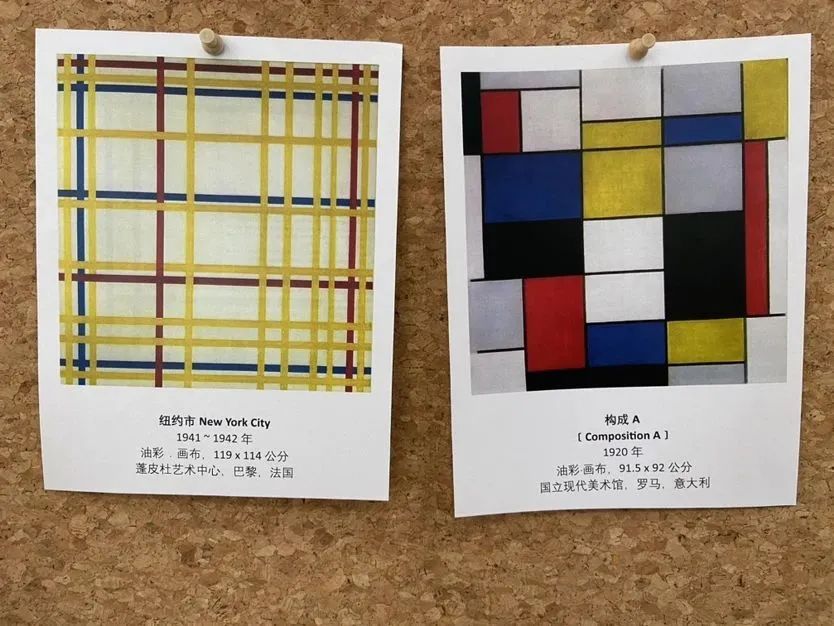
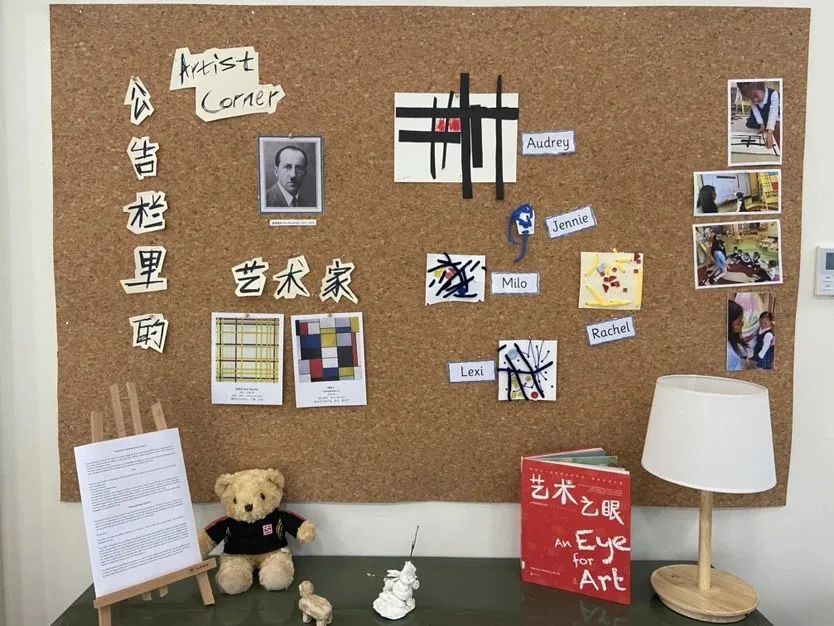
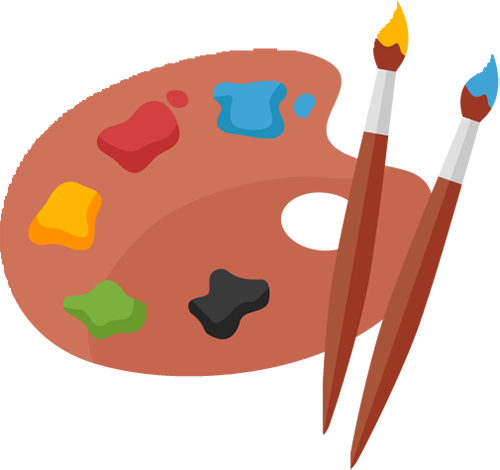
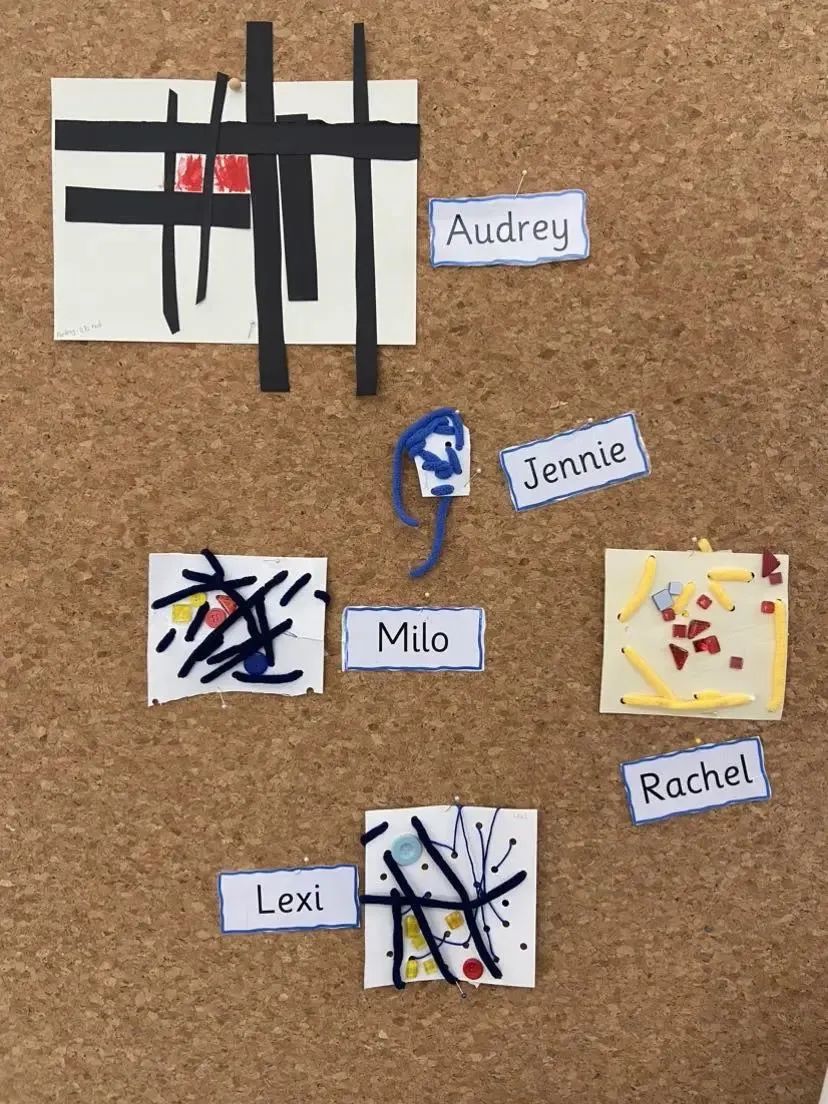
“I can try by myself.”
“I can’t do that, yet.”
“I will try again.”
“Help me, please?”
“Look what I can do!”

独立行动
Independent actions
Developing the self-awareness to take independent actions takes a lot of effort! Doing physical things by yourself can be hard but being independent makes us stronger. Independent actions look different at different ages and stages, for example a 2-year-old taking independent actions could be washing their hands with soap and water. A 4-year-old taking independent actions might be zipping up their coat. A 6-year-old taking independent actions might look like washing their cup, plate or utensils after using them.
At Huili Nursery Nantong we support children to take independent actions throughout the day. On arrival into the Nursery, we encourage pupils to walk rather than be carried, to wear their own backpack rather than give it to their family members, and to change into our indoor shoes by ourselves. All these independent actions might seem small, but when an adult does these for a child, we are diminishing their independence. When we give our children the opportunity to be independent, we are telling them – “you can do this, I believe in you!”.

Independence is not withdrawal of help from our pupils, it is not letting them find their own way without skills or knowledge and it does not mean that children should live independently without any guidance and support. On the contrary, independence means that children should learn to think for themselves, manage themselves, and make decisions for themselves, based on the guidance and support of adults. Adults can help children better explore and develop their abilities by providing appropriate resources and knowledge.
